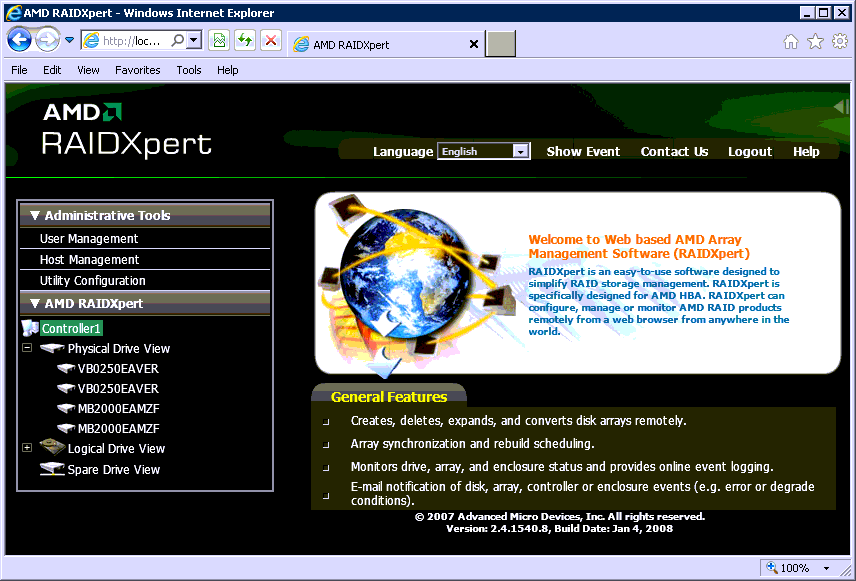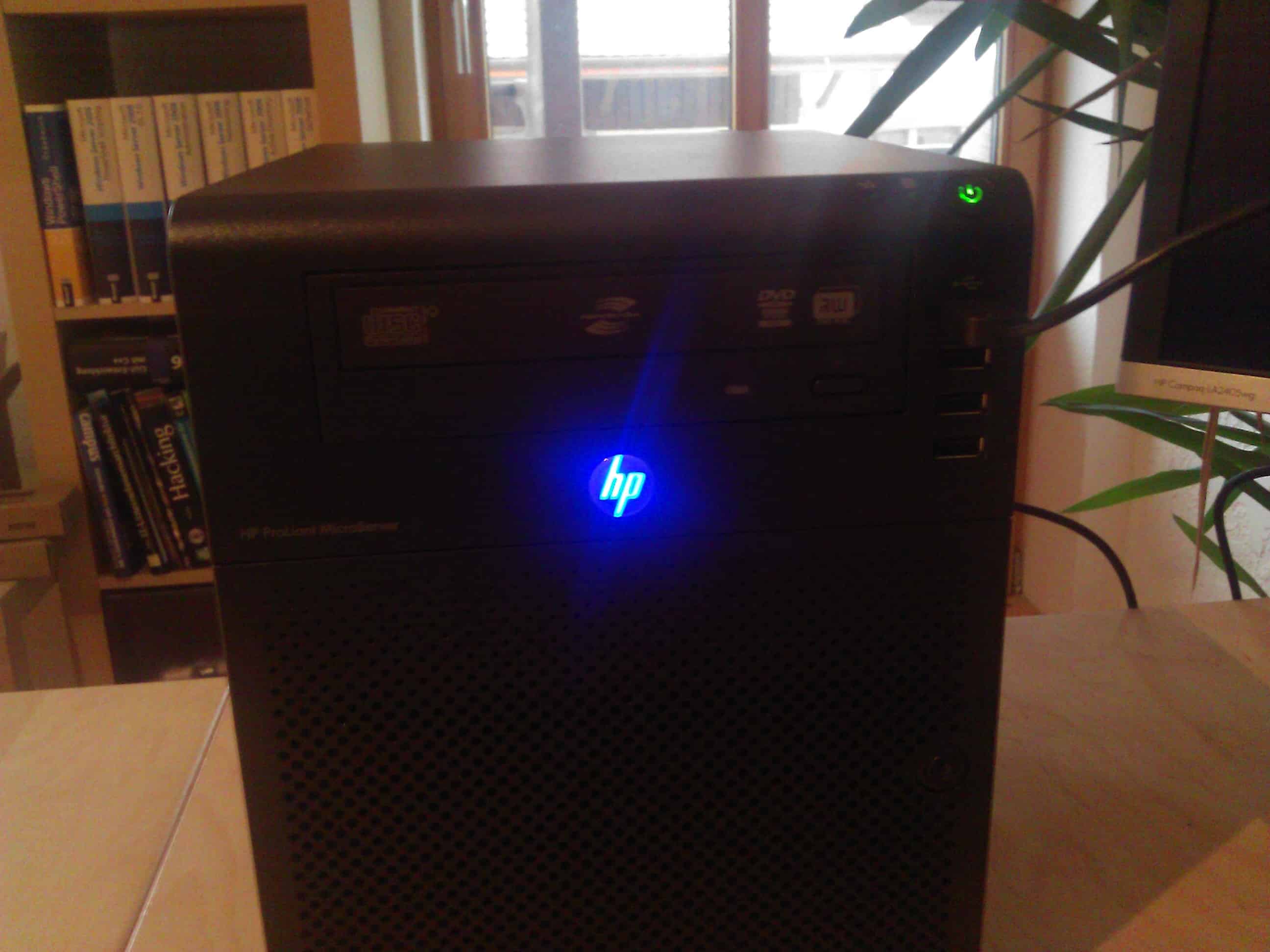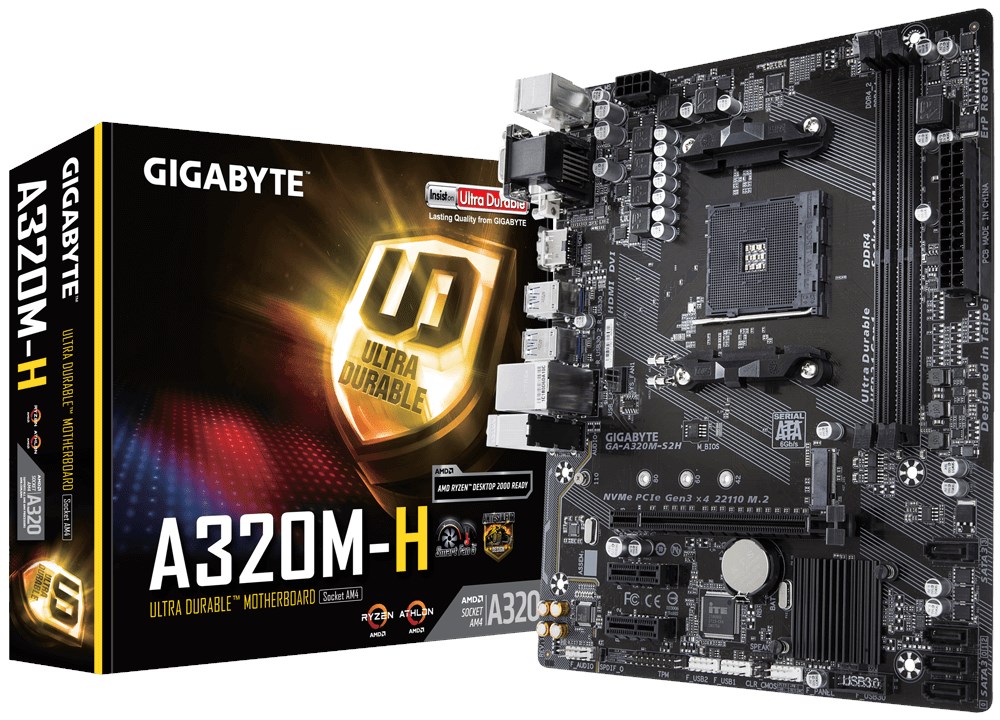

īy this time the AMIBIOS had become established and there was a need to keep the initials AMI. (QCI), and later set up an equal partnership with Shankar. Sarma had already started a company called Quintessential Consultants Inc.


Access Methods still owned the rights to the AMIBIOS. After Access Methods successfully launched the AMIBIOS, there were legal issues among the owners of the company, resulting in Sarma buying out his partners. Access Methods was a company run by Pat Sarma and his partner. (AMI) was founded in 1985 by Subramonian Shankar and Pat Sarma with funds from a previous consulting venture, Access Methods Inc. Old American Megatrends logo (1985–2020) Īmerican Megatrends Inc.
#Amd raid monitor software#
The company produced BIOS software for motherboards (1986), server motherboards (1992), storage controllers (1995) and remote-management cards (1998). Īs hardware activity moved progressively to Taiwan-based original design manufacturers, AMI continued to develop BIOS firmware for major motherboard manufacturers. Its first customer was PCs Limited, later known as Dell Computer. The company started as a manufacturer of complete motherboards, positioning itself in the high-end segment. It is headquartered in Building 800 at 3095 Satellite Boulevard in unincorporated Gwinnett County, Georgia, United States, near the city of Duluth, and in the Atlanta metropolitan area.

The company was founded in 1985 by Pat Sarma and Subramonian Shankar.
#Amd raid monitor Pc#
There was an interest Google study that indicated they are somewhat good indicators as to when the drive is about to fail.AMI ( American Megatrends International LLC, formerly American Megatrends Inc.) is an international hardware and software company, specializing in PC hardware and firmware. ID #5 and #198 are of particular interest. If Selective self-test is pending on power-up, resume after 0 minute delay. SMART Selective self-test log data structure revision number 1Īfter scanning selected spans, do NOT read-scan remainder of disk. SMART Self-test log structure revision number 1 Vendor Specific SMART Attributes with Thresholds: SMART Attributes Data Structure revision number: 16 SMART support is: Available - device has SMART capability. User Capacity: 1,500,301,910,016 bytes ĭevice is: In smartctl database ĪTA Version is: ATA/ATAPI-7, ATA8-ACS T13/1699-D revision 3b Smartctl 6.3 r3976 (sf-6.3-1)Ĭopyright (C) 2002-14, Bruce Allen, Christian Franke, = START OF INFORMATION SECTION = You can query any of them easily: c:\>smartctl -a /dev/csmi0,2 In my case, the 5 /dev/csmi0,x devices corresponds to the various SATA ports on the motherboard. This shows you the list of devices it detected. dev/csmi0,5 -d ata # /dev/csmi0,5, ATA device dev/csmi0,4 -d ata # /dev/csmi0,4, ATA device dev/csmi0,3 -d ata # /dev/csmi0,3, ATA device dev/csmi0,2 -d ata # /dev/csmi0,2, ATA device dev/csmi0,0 -d ata # /dev/csmi0,0, ATA device The command line interface is pretty easy to use and can be scripted easily. I can query any of them with smartmontools. Two of the HDs are in a RAID-1 configuration, and another 2 are regular non-RAID setup. I have an Asus motherboard with Intel ICH10R RAID controller.


 0 kommentar(er)
0 kommentar(er)
